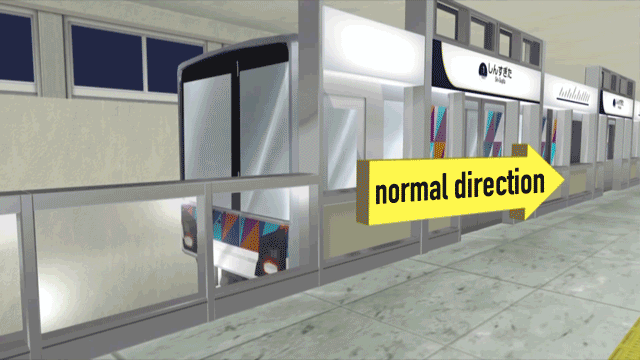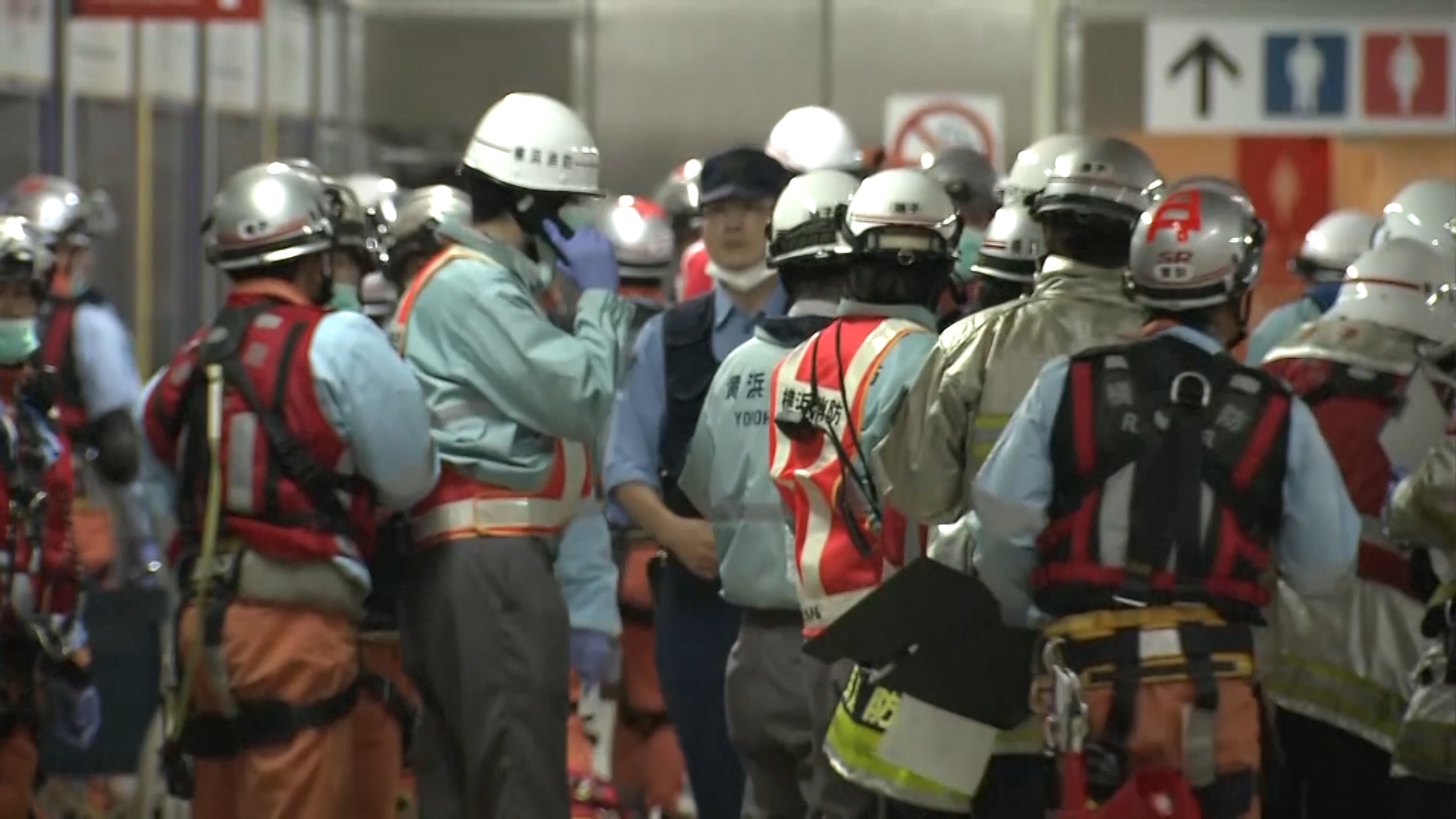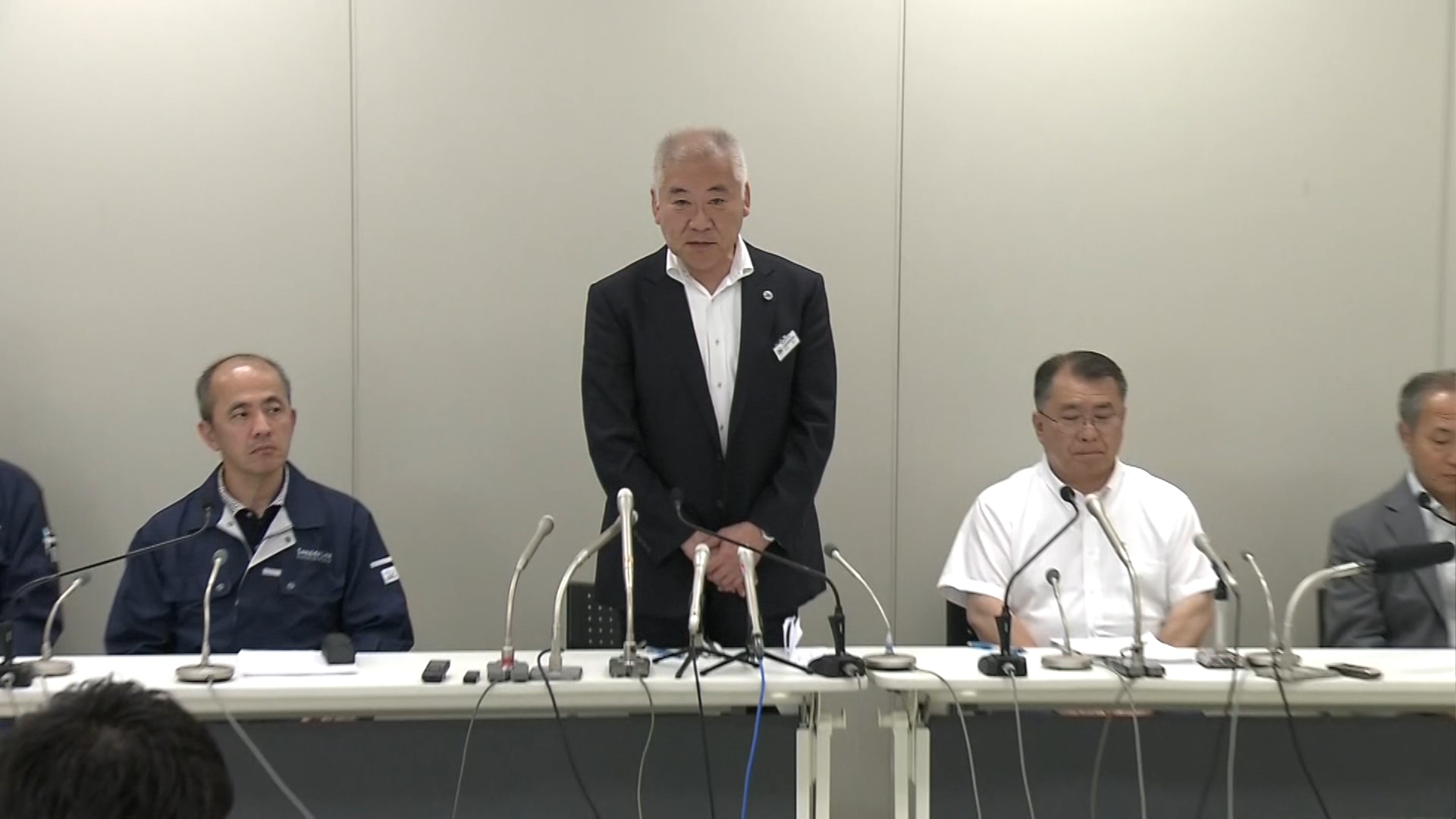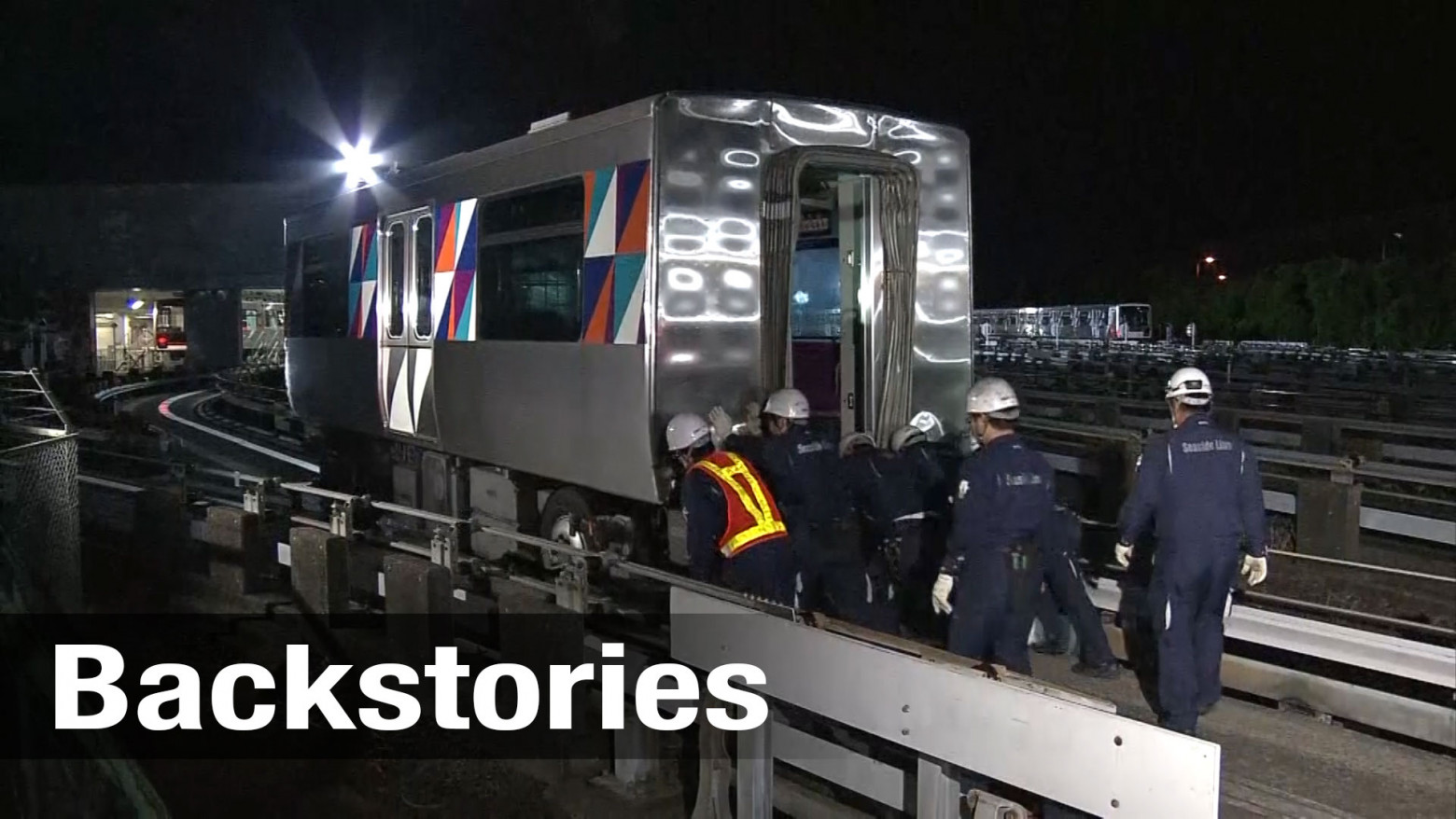Safety-first design
The Seaside Line opened in Yokohama in 1989, covering 10.6 kilometers between Shin-Sugita and Kanazawa-Hakkei stations. The company says the automation helps cut operational costs and makes services safer than conventional railways.
The accident occurred shortly after 8 p.m. when the five-car train was due to depart Shin-Sugita Station, one of the line's terminals. It traveled in reverse for some 25 meters before smashing into a buffer.

Police say 14 of the roughly 30 passengers onboard suffered injuries ranging from minor to serious. They say the injured were aged from their 20s to their 80s.
One 46-year-old passenger described the scene as one of panic. He said the train bumped into something about five seconds after it started to move and that he saw some people covered in blood and heard children crying.

'Cause remains unknown'
The line's operator held a news conference on June 2. "The cause of the accident remains unknown at this point," said company president Akihiko Mikami.
He said automatic train operation, or ATO, devices at the station had received a signal indicating a change in the train's direction of travel. But he added that the firm had yet to check the signals recorded by ATO devices on the train itself.
He suggested a problem may have developed with the signal controlling system on the ATO devices.

Past accidents
Japan has a total of seven automated guideway transit lines in Tokyo, Yokohama, Nagoya, Osaka and Kobe. In October 1993, a train on the New Tram line in Osaka collided with a buffer, injuring 215 passengers. Investigators determined that the braking system had failed to receive an order to stop the train.
In April 2006, a train lost one of its wheels on the Yurikamome line in Tokyo's waterfront area. The accident was blamed on weakness and fatigue in a metal component.
Professor Hitoshi Tsunashima of Nihon University's Railway Research Center has been looking at the latest accident. He says a signal indicating a change in travel direction may have been erroneously sent, although the direction was actually not switched.
Tsunashima says he's not aware of any accident in Japan involving a driverless train traveling in the wrong direction. He says the cause of the Seaside Line accident needs to be determined and measures taken to prevent a recurrence. It's particularly important as the government is studying the possibility of automating some larger railway lines.
Investigation moving forward

The Japan Transport Safety Board is currently looking into the accident. An official told reporters that all possible causes need to be considered at this point, adding that the investigation could take some time.

